Who's who in the Taliban leadership
The inner workings and leadership of the group have long been shrouded in secrecy
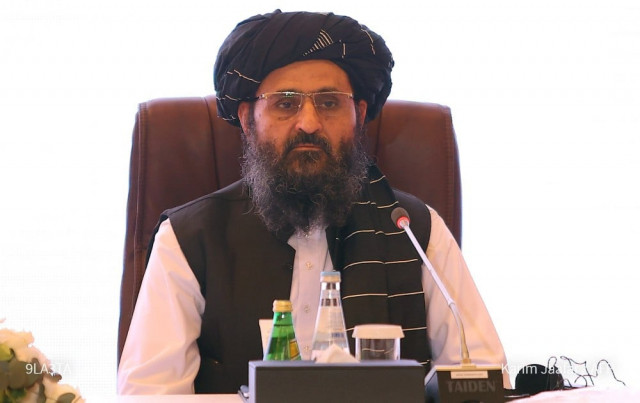
The Taliban's senior officials were gathering in the Afghan capital Saturday for talks with elders and politicians on forming a government after their stunning sweep to power last weekend.
The inner workings and leadership of the group have long been shrouded in secrecy -- even during their rule from 1996 to 2001 -- but here is a rundown of what is known:
Haibatullah Akhundzada, the supreme leader
Haibatullah Akhundzada was appointed leader of the Taliban in a swift power transition after a US drone strike killed his predecessor, Mullah Mansour Akhtar, in 2016.
Before ascending the movement's ranks, Akhundzada was a low-profile religious figure. He is widely believed to have been selected to serve more as a spiritual figurehead than a military commander.
After being appointed leader, Akhundzada secured a pledge of loyalty from Al-Qaeda chief Ayman al-Zawahiri, who showered the cleric with praise -- calling him "the emir of the faithful".
This helped seal his jihadi credentials with the group's long-time allies.
Akhundzada was tasked with the enormous challenge of unifying a militant movement that briefly fractured during the bitter power struggle after Akhtar's assassination, and the revelation that the leadership had hidden the death of Taliban founder Mullah Omar for years.
His public profile has largely been limited to the release of messages during Islamic holidays.
Mullah Baradar, the co-founder
Abdul Ghani Baradar was raised in Kandahar -- the birthplace of the Taliban movement.
Like most Afghans, Baradar's life was forever altered by the Soviet invasion of the country in the late 1970s, transforming him into an insurgent.
He was believed to have fought side-by-side with the one-eyed cleric Mullah Omar.
The two would go on to found the Taliban movement in the early 1990s during the chaos and corruption of the civil war that followed the Soviet withdrawal.
After the Taliban regime was toppled in 2001 by US-led forces, Baradar is believed to have been among a small group of insurgents who approached interim leader Hamid Karzai with a potential deal that would have seen the militants recognise the new administration.
Arrested in Pakistan in 2010, Baradar was kept in custody until pressure from the United States saw him freed in 2018 and relocated to Qatar.
This is where he was appointed head of the Taliban's political office and oversaw the signing of the troop withdrawal agreement with the United States.
Sirajuddin Haqqani, the Haqqani Network
The son of a famed commander from the anti-Soviet jihad, Sirajuddin Haqqani doubles as the deputy leader of the Taliban and head of the powerful Haqqani network.
The Haqqani network is a US-designated terror group long viewed as one of the most dangerous militant factions in Afghanistan.
The group is infamous for its use of suicide bombers and is believed to have orchestrated some of the most high-profile attacks in Kabul over the years.
The network is also accused of assassinating top Afghan officials and holding kidnapped Western citizens for ransom -- including US soldier Bowe Bergdahl, released in 2014.
Known for their independence, fighting acumen, and savvy business dealings, the Haqqanis operate from the rugged mountains of eastern Afghanistan, while holding considerable sway over the Taliban's leadership council.
Mullah Yaqoob, the scion
The son of Taliban co-founder Mullah Omar, Mullah Yaqoob heads the group's powerful military commission, which oversaw the vast network of field commanders charged with executing the insurgency.
Yaqoob's father enjoyed cult-like status as the Taliban leader, and that potent lineage makes him a unifying figure in the movement.
Speculation remains, however, about Yaqoob's exact role -- with some analysts arguing that his appointment in 2020 was merely cosmetic.

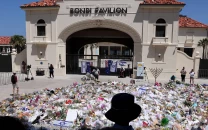
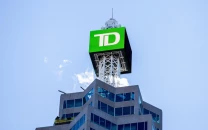
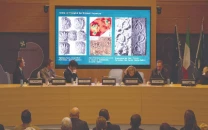

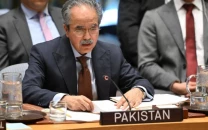
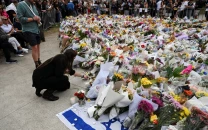












COMMENTS
Comments are moderated and generally will be posted if they are on-topic and not abusive.
For more information, please see our Comments FAQ